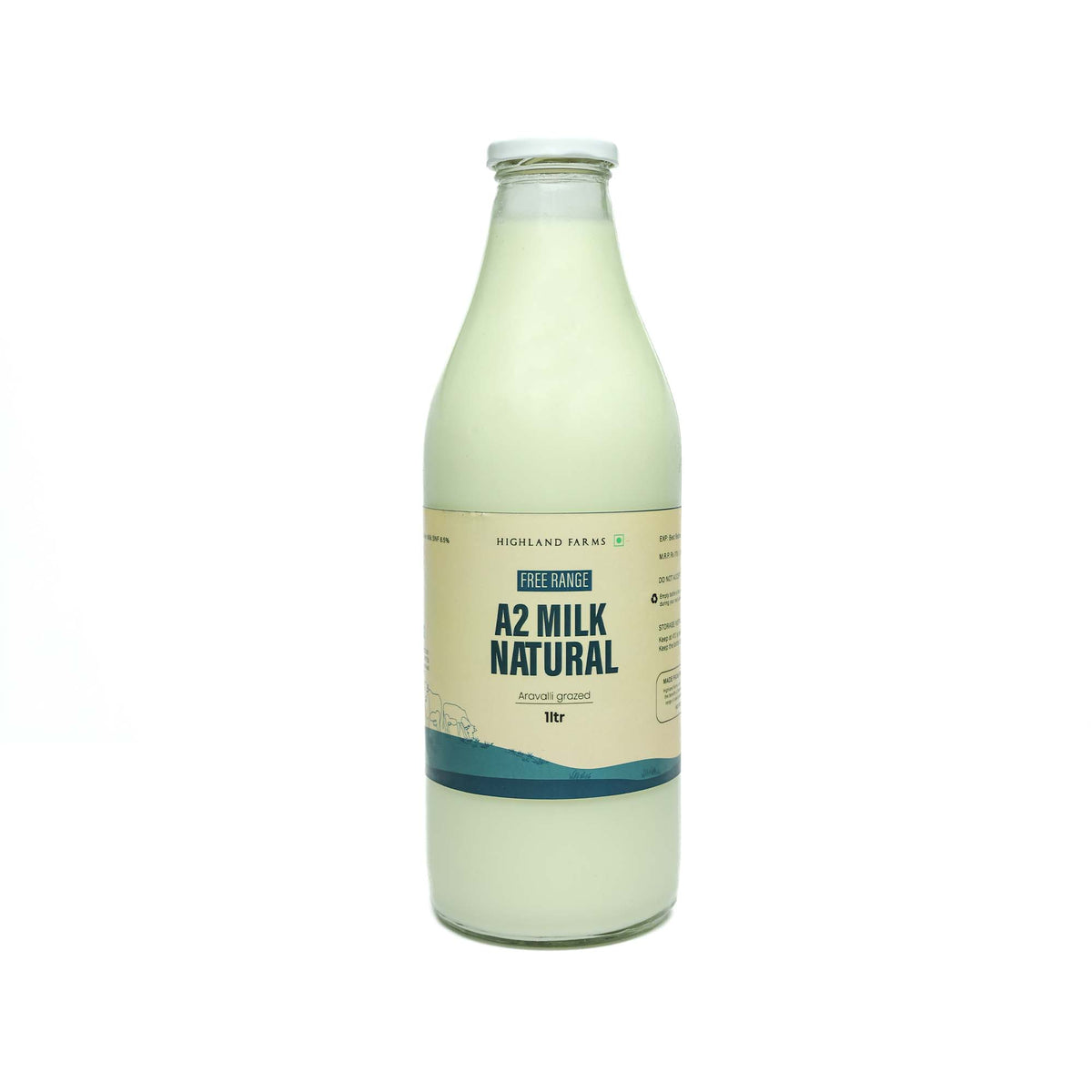What is A2 milk paneer?
A2 milk paneer is a type of paneer that is made from milk that contains only the A2 beta-casein protein, rather than a combination of A1 and A2 proteins. Paneer is a popular type of cheese that is widely consumed in India, and is made by curdling milk with an acidic agent, such as lemon juice or vinegar. A2 milk paneer is made using milk from cows that naturally produce only the A2 protein, rather than the A1 protein that is found in most cow's milk.
The A1 and A2 proteins are different variants of beta-casein, which is a protein found in milk. While both A1 and A2 proteins are structurally similar, they differ in the way they are digested. Some studies suggest that A1 protein may be more difficult to digest for some individuals, and it may be linked to digestive issues such as bloating, gas, and abdominal pain. On the other hand, the A2 protein is believed to be easier to digest and may be a better option for those who are lactose intolerant or have other digestive issues.
There are multiple ongoing researches to understand the potential health benefits of A2 milk paneer. Some studies suggest that A2 milk may possess anti-inflammatory properties and may reduce the risk of chronic diseases such as heart disease and diabetes. Additionally, A2 milk paneer may be beneficial for individuals with digestive issues, such as lactose intolerance or irritable bowel syndrome.
What are the potential health benefits of A2 milk paneer?
A2 milk paneer is considered to be healthier than regular paneer. Several studies have suggested that A2 milk paneer may be beneficial for individuals facing digestive issues, like lactose intolerance or irritable bowel syndrome. A study published in the Journal of Dairy Science found that A2 milk was better tolerated by individuals with lactose intolerance compared to regular milk. This is because A2 milk contains a different type of beta-casein protein that is easier to digest than the A1 protein found in most cow's milk.
Additionally, A2 milk paneer may have anti-inflammatory properties, which could potentially reduce the risk of chronic diseases such as heart disease and diabetes. Inflammation is a natural response by the body to protect itself against infection and injury. However, chronic inflammation can lead to the development of several diseases. A study published in the European Journal of Clinical Nutrition found that A2 milk consumption was associated with lower levels of inflammatory markers in the body compared to regular milk consumption.
Moreover, A2 milk paneer is a rich source of protein, calcium, and other essential nutrients. Protein is an important building block of muscle tissues, while calcium is essential for healthy bones and teeth. Additionally, A2 milk paneer is lower in fat compared to regular paneer, making it a healthier alternative.
How is A2 milk paneer different from regular paneer?
A2 milk paneer and regular paneer differ in the type of milk used to make them. A2 milk paneer is made from milk that contains only the A2 beta-casein protein, while regular paneer is made from milk that contains both A1 and A2 beta-casein proteins. As per popular belief, the A2 protein is supposedly easier to digest while the A1 protein has been linked to digestive problems. Some studies suggest that A2 milk may be beneficial for individuals with digestive issues, such as lactose intolerance or irritable bowel syndrome.
The A2 beta-casein protein is produced by cows that naturally produce only this type of protein. However, most commercially available cow's milk contains a mix of both A1 and A2 proteins due to selective breeding practices. A2 milk paneer is made from milk obtained from cows that have been specifically bred to produce only A2 protein.
A2 milk paneer is also typically more expensive than regular paneer due to the specialized milk used to make it. The cost of producing A2 milk is higher due to the selective breeding and management practices required to produce milk with only A2 protein. In terms of taste and texture, A2 milk paneer is quite similar to regular paneer. However, some people may notice a difference in taste due to the type of milk used.
How can you incorporate A2 milk paneer into your diet?
One of the simplest ways to incorporate A2 milk paneer into your diet is to use it as a substitute for regular paneer in your favourite recipes. For instance, you can use A2 milk paneer instead of regular paneer in dishes like paneer tikka, palak paneer, and paneer bhurji. A2 milk paneer has a similar taste and texture to regular paneer, so it will work well in most recipes.
You can also add A2 milk paneer to salads, sandwiches, or wraps for a protein boost. This can be especially helpful if you're looking to increase your protein intake, as A2 milk paneer is a good source of protein.
Another way to incorporate A2 milk paneer into your diet is to use it as a topping for pizzas or as a filling for quesadillas. This can be a delicious way to enjoy the health benefits of A2 milk paneer while also adding some variety to your meals.
Finally, you can experiment with different recipes and find ways to incorporate A2 milk paneer into your meals for potential health benefits. For instance, you can make A2 milk paneer and vegetable skewers for a healthy and delicious snack, or use A2 milk paneer as a stuffing for peppers or mushrooms. With a little creativity, there are many ways to incorporate A2 milk paneer into your diet and enjoy its potential health benefits.
In conclusion, A2 milk paneer is a healthier alternative to regular paneer for those sensitive to A1 protein or looking for a more sustainable dairy option. However, it is important to remember that it is not a miracle food and should be consumed as part of a balanced and diversified diet.





0 comments